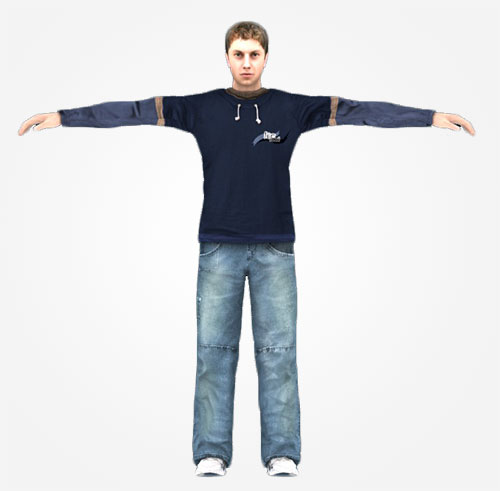 |
Nuitrack
1.11.2
3D Skeleton Tracking Middleware
|
 |
Nuitrack
1.11.2
3D Skeleton Tracking Middleware
|
Stores the skeleton data. More...
Public Member Functions | |
| Skeleton (int id, Joint[] joints) | |
| Initializes a new instance of the nuitrack.Skeleton class. More... | |
| Joint | GetJoint (JointType jointType) |
| Get the joint. More... | |
Properties | |
| int | ID [get, set] |
| Get the ID. More... | |
| Joint[] | Joints [get, set] |
| Get the joints. More... | |
Stores the skeleton data.
The skeleton is represented as a set of joints, each of which has its own position and orientation. If pairs of adjacent joints are connected by imaginary "bones", you can get a simplified model of a real human skeleton. Then, the orientation of the joint will be consistent with the orientation of the outgoing "bone".
The skeleton scheme is shown in the picture below.


|
inline |
Initializes a new instance of the nuitrack.Skeleton class.
| [in] | id | Identifier. |
| [in] | joints | Joints. |
|
getset |
Get the ID.
|
getset |
Get the joints.